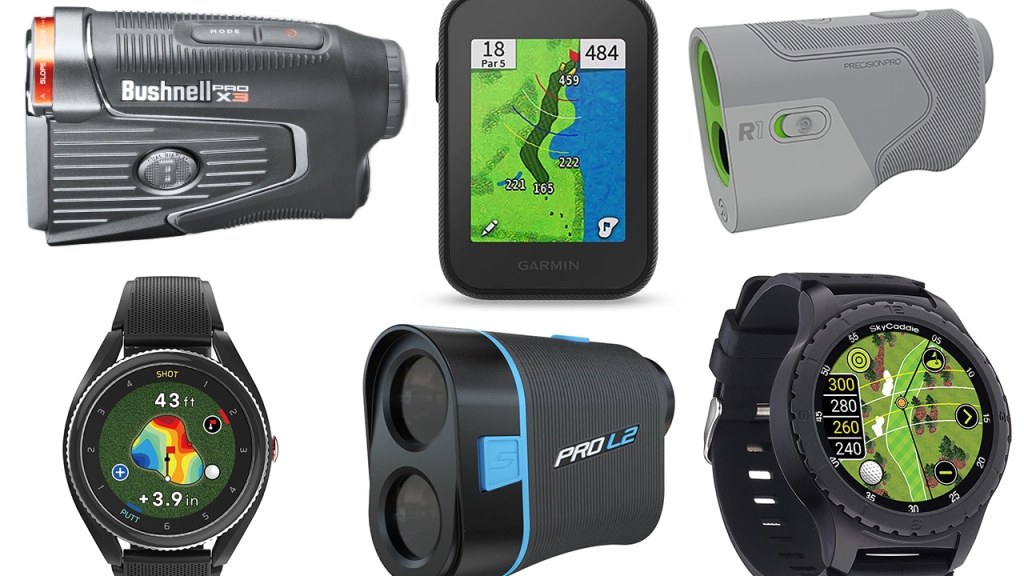As with every other sport, golf is filled with debates. Who is the greatest of all time, Tiger Woods or Jack Nicklaus? Which would you rather play, Pebble Beach or Bandon Dunes? Which would you rather win, the Masters or the U.S. Open?
Another that many golfers struggle with is a more practical question: Which should you buy, a laser rangefinder or a golf GPS device?
Many players who started playing golf over the past three seasons have discovered how fun the game can be, and they are now deciding to start investing in equipment instead of relying on borrowed gear or the used equipment they picked up. That not only means clubs and balls but accessories that can help lower scores, such as a distance-measuring device.
Choosing between a laser rangefinder or a GPS device can be tricky, because both distance-measuring devices have benefits and drawbacks. Before you reach for your credit card, discover how each type of distance-measuring device works and think about a few frequent situations that can help make an intelligent purchase.
Laser rangefinders: How do they work, and what are the pros and cons?
Laser rangefinders all work using the same basic principles. When a player presses the button on the unit, it sends out a beam of light that hits an object and reflects back. The device can measure the time it takes the light to bounce back, and because the speed of light is constant (at least as far as the practical use of rangefinders goes), the device can calculate precisely how far the object is from the rangefinder.
What separates one laser rangefinder from another is the speed at which a unit can do the calculations (all are reasonably quick), the clarity of images seen in the viewfinder, the level of magnification in the viewfinder and extra features such as water resistance.
Often referred to as a “slope” feature, many laser rangefinders can measure whether a target is uphill or downhill, then factor in the distance and the angle to create a playing distance that can be longer or shorter than the actual straight-line distance. Using features such as this is legal for recreational golfers, but in tournament play these features are rarely allowed. Laser rangefinders with a slope feature allow golfers to disable the feature for tournament play, often by simply sliding a button.
Most laser rangefinders are accurate within a foot or two from as far away as several hundred yards, so they are almost always the go-to distance-measuring device for elite…
..
Click Here to Read the Full Original Article at Golfweek…
